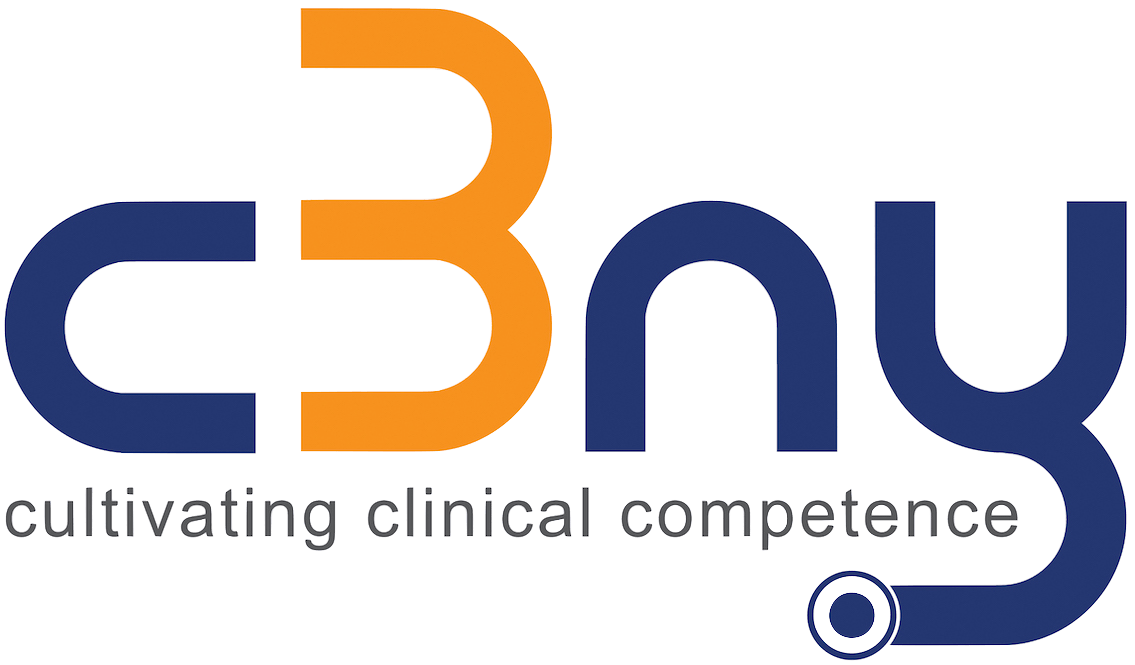The Patient Note is one of the most important parts on the Step 2CS exam. USMLE Step 2 Scoring of the Patient note is reflected in the ICE score, the Integrated Clinical Encounter. The ICE is concerned with data gathering (the score obtained from the Physical Exam checklist filled out by the Standardized Patient), and data sharing (the score obtained from the Patient Note filled out by the candidate).
After the 15 minute encounter with the standardized patient, the candidate has ten minutes to complete the Patient Note typed on the computer.
If you leave the patient encounter early (before the 15 minutes are up), you may use the additional time for the note. You can begin writing the note immediately after leaving the room, but you must have it completed by the announcement that “Time is up. Stop typing and please click SUBMIT.”
Since the standardized patients no longer have a History Checklist to complete (they only fill out Physical Exam and Communication Skills checklists) the only way the USMLE knows that you have taken a complete history is from the data included in the Patient Note, and by the way you defend your diagnoses indicated.
The Patient Note is similar to the medical record you would compose after seeing a patient; i.e., pertinent positive and negatives for the history, the physical exam, the differential diagnosis, and the initial management.
You should record your differential diagnoses (maximum of three) with ALL the pertinent medical history and physical examination findings obtained during the encounter. Remember also that any fact that increases the pre-test probability of a disease can also be used to support a diagnosis. This means the age, gender and ethnicity of the patient are all factors you should consider. The diagnoses should be listed in order of likelihood. You should also indicate the pertinent positive and negative findings obtained from the history and physical examination to support each potential diagnosis. These can be duplicated if they support more than one diagnosis.
Finally, list the Diagnostic Studies you would order for the patient. If you think a breast, pelvic, rectal, male genito-urinary, or corneal reflex examination would have been indicated in the encounter, list these maneuvers as part of the Diagnostic Studies. Admitting the patient to the hospital, treating the patient, calling a consult or referring a patient should not be included in your list. Any single blood test may be indicated also. The only grouped tests allowed are complete blood count (CBC) and electrolytes. Liver function tests (LFTs), thyroid function tests (TFTs), lipid profile, and comprehensive metabolic panel are not allowed. List the individual tests such as AST, ALT, bilirubin, TSH, T3, T4, lipase, creatinine, total cholesterol, triglycerides, etc.! Imaging studies may also be included in the Diagnostic Studies.
Patient Notes are read by physicians who are well-trained at reading such notes. The raters do not have access to the recording of the encounter, but they are intimately familiar with the case they are rating.
A program for practicing typing the Patient Note is available on the USMLE web page at Practice Materials. You can find sample patient notes here. And you can also find a list of acceptable abbreviations here. Brush up your typing skills as needed. Practicing typing up patient notes with a 10 minute time limit is essential!
Yours in excellent Step 2 CS prep,
The team at C3NY
More resources to help you study for the Step 2 CS:
Online Workshop
A complete video guide to passing the Step 2 CS exam, taught by Mark H. Swartz, MD.
Skype Sessions
Qualified standardized patients will meet with you one-on-one via Skype to help you hone your skills.



